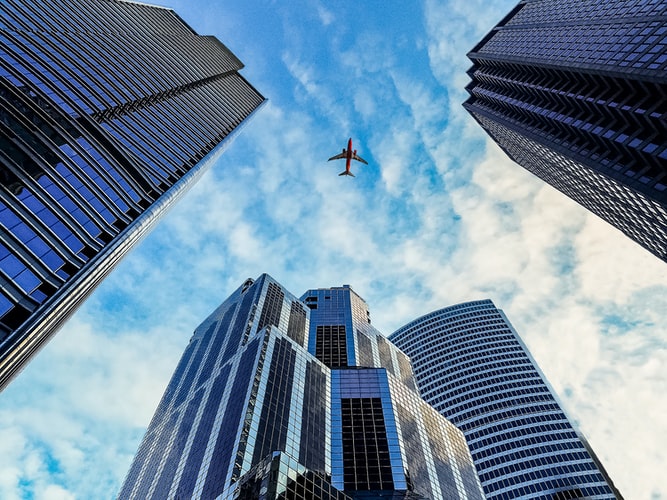Flying has never felt easier with these futuristic planes likely to take off soon
A new generation of aeroplanes are expected to take off in the future – and flying may never be the same.
The ongoing pandemic has put a tremendous toll on global travelling which has consequently forced many older aircrafts to retire , making space for more efficient planes, such as twin-engine aircrafts (opposed to quad-engine aircrafts).
Additionally, in April of 2020 Helane Becker, an airline specialist and Director at US financial analytics firm Cowen, believed 800-1,000 US airlines would retire by the end of 2020.
“We believe airlines will be 30% smaller at the end of [2020] than they were at the start of the year. Also, we expect there will be between 100K and 200K fewer employees at the end of the year than there were at the beginning of the year”, she stated.
Here are the 4 predicted planes that will change the way we travel:
Airbus A321XLR
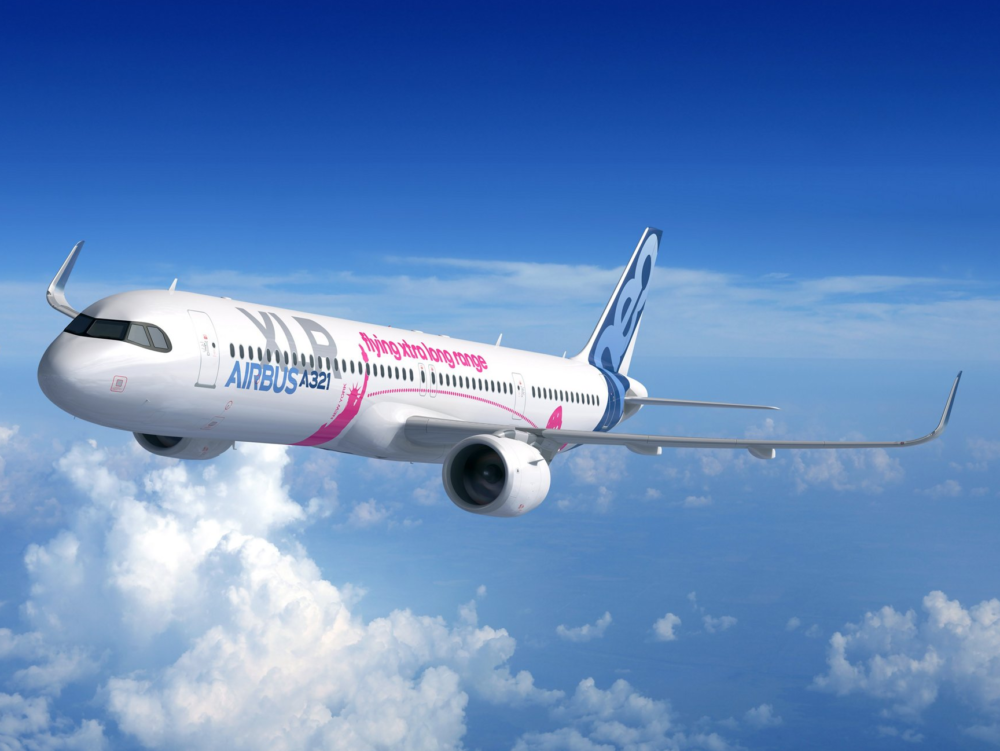
New Features: quicker flights and eco-friendly priorities
First announced at the 2019 Paris Air Show, this innovative plane is expected to be seen in 2023 with its small capacity yet long-range design.
This American aircraft will include extra fuel tanks which means its range will be increased by 15%, being capable to have flights as long as 8,700km – flights between the US East Coast and London.
The plane will fit around 220 passengers, which is considered a smaller plane in comparison to the bigger birds such as Airbus A330s or Boeing 787s. Therefore, smaller planes will be cheaper to run as it is more profitable to sell fewer seats. These flights may also sell better as flights will be quicker.
The aircraft will also match the modern need to be more eco-friendly including, 20% lower fuel burn per seat, 5,000 tonnes less CO2 (carbon dioxide) per year and 50% lower noise pollution footprint for passengers and airports.
Boeing 777X
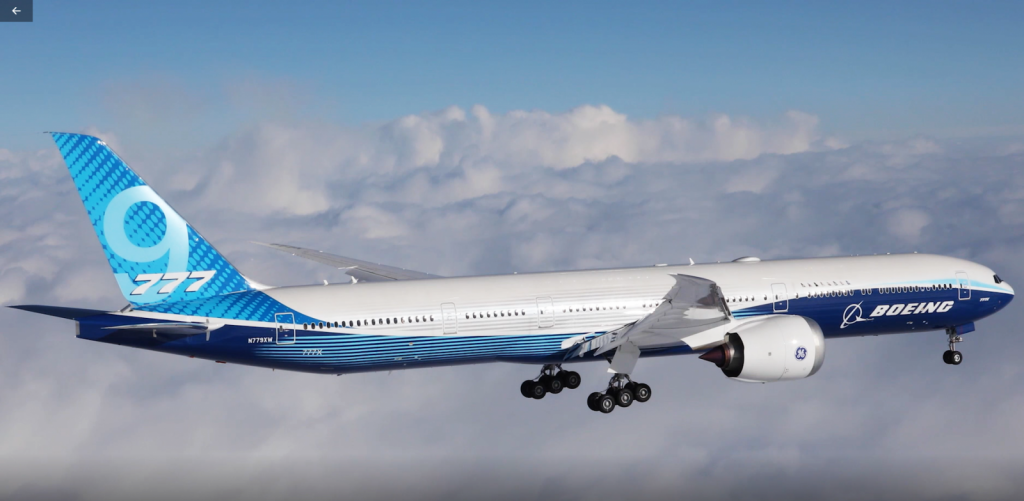
New Features: better aerodynamics and cabin upgrades
The newest and biggest twin-jet plane in the world saw a delay in schedule as it was originally set to take off in 2020. Now expected to debut in 2022, the latest Boeing aircraft offers 5% better aerodynamics with a longer wingspan, a folding wingtip to enable high-span efficiency and laminar flow nacelles to reduce drag for smoother airflow – a giant leap in aerodynamic technology.
The plane will carry between 384 and 426 passengers who will experience some cabin upgrades. These include a wider cabin to increase flexibility, larger more dimmable windows, and most notably, bigger overhead bins shaped to concave rather than a convex shape to allow more space.
The architectural design was checked by Boeing as it received feedback from 4,000 people overall responding to how surprising the cabin felt more spacious with the concave bins.
Boom Supersonic “Overture”
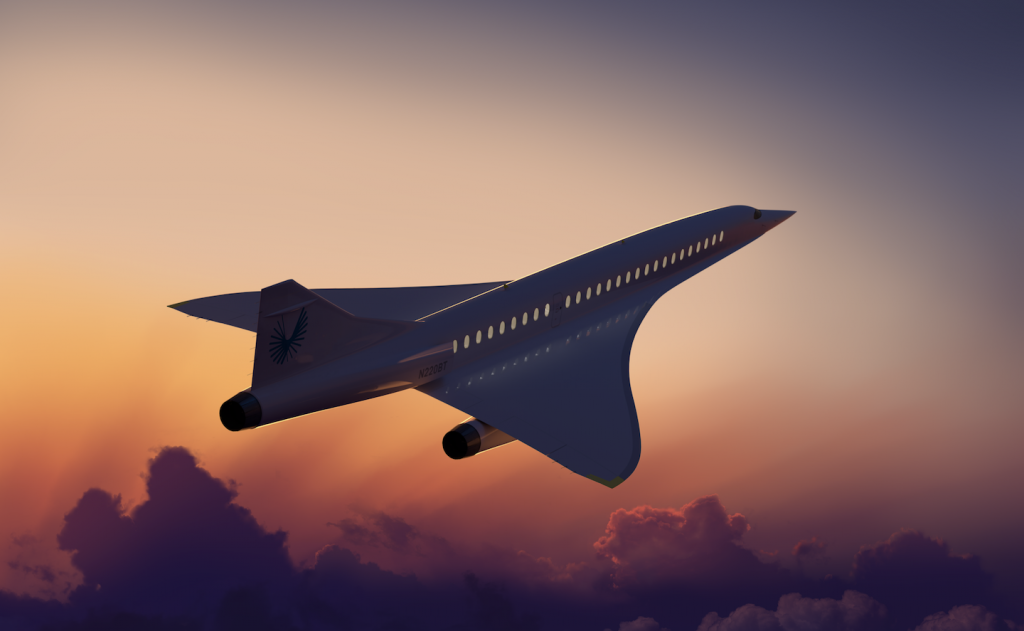
New Features: Twice as fast/far in the air and sustainability
Ever since the first civilian supersonic jet, the Anglo-French Concorde retired in 2003, the hype for a new replacement jet has been bigger than ever. In 2018, Boom, a Denver-based startup, announced its partnership with Japan Airlines to develop the world’s fastest and most sustainable airliner the ‘Overture’ which is expected to be seen in 2026.
This $10 million dollar investment aims to create flights twice as fast and twice as far. For example, instead of a 14 and a half-hour flight from Los Angeles to Sydney, the Overture will only take 8 and a half-hour to travel between cities.
Passenger capacity will reach around 65-88 people, with each passenger getting an oversized window as it will be an all-business class plane.
Further, in 2020 Boom announced their collaboration with Rolls-Royce for the Overture’s engine program design of the jet’s configuration and propulsion system, to ensure sustainability in the air.
“We share a strong interest in supersonic flight and in sustainability strategies for aviation with Boom,” said Simon Carlisle, Director of Strategy, Rolls-Royce.
“We’re now building on our valuable experience in this space as well as our previous work together to further match and refine our engine technology for Boom’s Overture”, he said.
The design and operations must be compatible with a net-zero carbon future the Overture aims to undergo.
Airbus Blended Wing
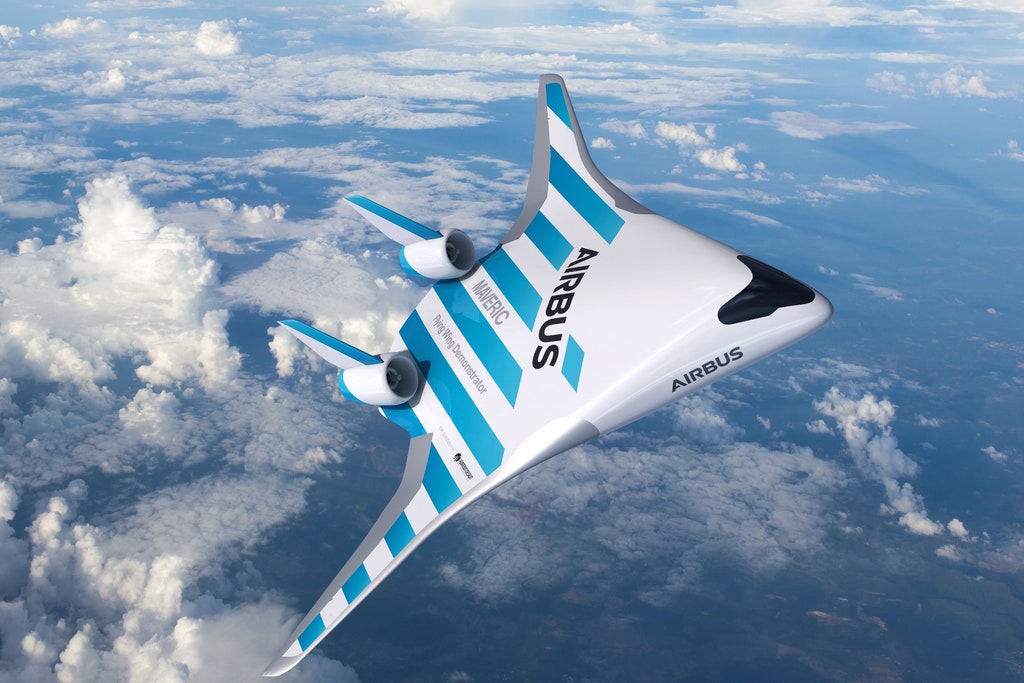
New features: reduce carbon emission and a new narrow-design
The fourth and final and most futuristic-looking plane on this list, is the Airbus Blended Wing and is expected to see far into the year of 2035.
In February of 2020, Airbus revealed a prototype of the ‘Blended Wing’ airplane (or also called the MAVERIC). Airbus created a 2-metres long by 3-metres wide small-scale model, remote-controlled and took its first flight in 2019. It was a secret until the mini plane debuted as the Singapore Air Show in 2020.
The futuristic plane aims to reduce carbon emission by 20% as a result of a more aerodynamic body that produces less drag and greater fuel efficiency.
A full-sized MAVERIC would be a narrow-body aircraft, carrying passengers in a single-aisle seating arrangement, in contrast to large wide-body plane.
Having a narrow design would mean long-flights with a smaller crew and number of passengers. However, this design could also mean stricter weight limits and tighter spaces inside the plane.
“The development of demonstrators like MAVERIC enables Airbus to accelerate understanding of new aircraft configurations and to mature the technology necessary to fly such a radically different aircraft,” Airbus said in a statement.
“One specific challenge was to assess the low-speed and stall dynamics. Future testing will analyse aspects such as MAVERIC’s handling qualities, flight control, multi-objective control surfaces and modularity”, they said.
The plane still needs a lot time and years to be perfected before the promises of an environmentally-conscious flight is ready to take the skies.

